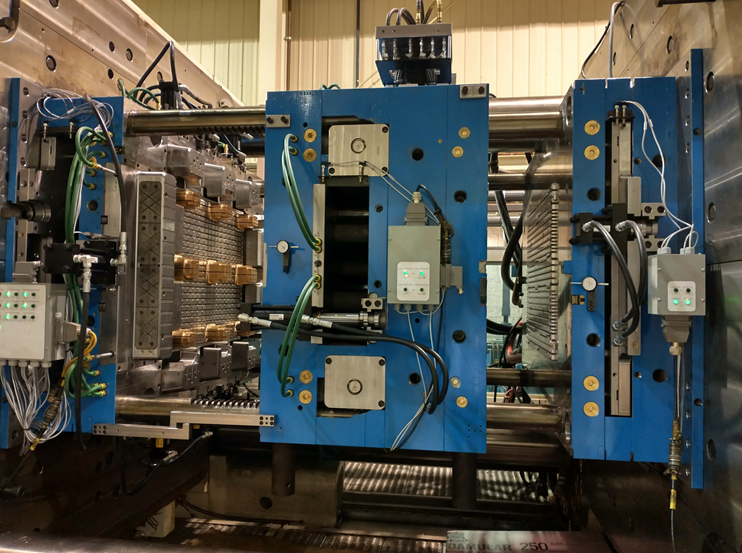Creating a Custom Plastic Injection Mold for Your Product
Creating a custom plastic injection mold is an important step in manufacturing products made from plastic. The process involves designing and manufacturing a mold that is tailored to the specific needs of the product. This mold is then used to produce the product in large quantities. In this article, we will discuss the process of creating a custom plastic injection mold for your product.
1. Designing the Mold
The first step in creating a custom plastic injection mold is designing the mold. This involves working with a designer or engineer to create a three-dimensional model of the mold. The model should include all the necessary components such as the runner system, gates, and cavities. The designer or engineer will use software such as CAD (computer-aided design) to create the model.
2. Selecting the Material for the Mold
The next step is selecting the material for the mold. The most commonly used material for injection molds is steel. Steel is durable and can withstand the high temperatures and pressures involved in the injection molding process. Other materials that can be used for molds include aluminum and copper alloys.

The tube preform shape of bottles preheat process on the production line to the automatic blowing machine. The operation of PET bottle processing by blowing process with the blowing mold.
3. Manufacturing the Mold
Once the design and material selection is complete, the mold is manufactured. This involves using CNC (computer numerical control) machines to create the components of the mold. The components are then assembled into the final mold. The mold is then polished to ensure that the surface is smooth and free from defects.
4. Testing the Mold
Before the mold is used to produce the product, it must be tested to ensure that it is functioning properly. This involves injecting plastic into the mold and observing the results. The mold may need to be adjusted or modified to ensure that the product is of the desired quality.
5. Producing the Product
Once the mold has been tested and approved, it is ready to be used to produce the product. This involves injecting molten plastic into the mold under high pressure. The plastic is allowed to cool and solidify in the mold, forming the product. The product is then ejected from the mold and the process is repeated.
In conclusion, creating a custom plastic injection mold is a complex process that requires careful planning and execution. By following the steps outlined above, you can ensure that your mold is designed and manufactured to meet the specific needs of your product. This will help you to produce high-quality products in large quantities at a lower cost.
Précédent:Plastic Injection Molding Machines: Streamlining Production Processes
Suivant: Medical Molding Parts: Precision and Quality for Critical Applications
-
Injection Molding Parts for Precision Manufacturing
2023-5-16
Injection molding is a popular manufacturing process used to create parts and products in many different industries. The...
Voir les détails -
Precision Molds: Achieving Perfection in Manufacturing
2023-7-13
Precision molds play a crucial role in the manufacturing industry. They are utilized in various sectors, including autom...
Voir les détails -
Creating a High-Quality Plastic Pallet Mould: An Expert Guide
2023-8-25
Introduction Plastic pallets have gained immense popularity in industries around the world due to their durability, cost...
Voir les détails -
Manufacturing a Plastic Middle Chair Mould: Achieving Precision and Efficiency
2023-8-30
Plastic products are widely used in various industries due to their durability, versatility, and cost-effectiveness. One...
Voir les détails -
Innovative design, plastic large turnover box mold is more efficient
2024-3-19
Plastic large turnover box mold, this thing sounds very professional, but in fact it is a powerful assistant in our indu...
Voir les détails -
Manufacturing a High-Quality Plastic Big Crate Mold: A Guide to Efficient Production
2023-10-24
Introduction: Plastic big crates are widely used in various industries for storage and transportation purposes. To meet ...
Voir les détails







